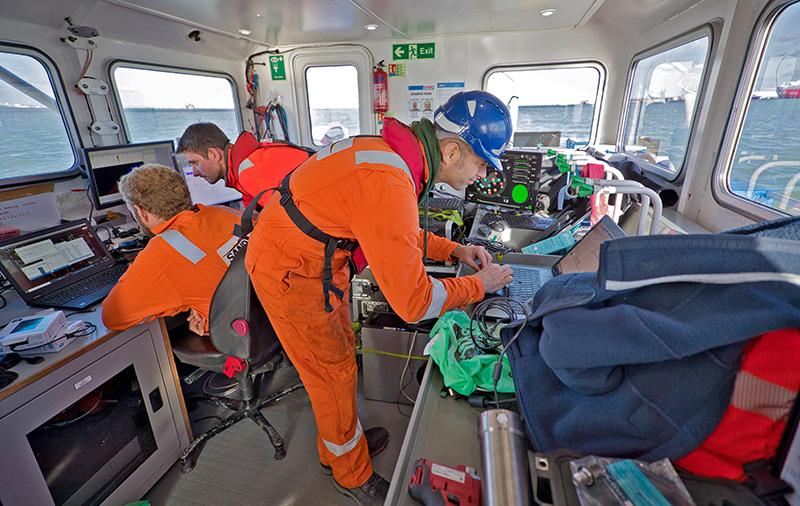Landmine-free Falkland Islands
The Falkland Islands are landmine-free after 11 years’ clearance by SafeLane Global.
The Falkland Islands are landmine-free after 11 years’ clearance by SafeLane Global
- During the Argentinian occupation in 1982, thousands of anti-vehicle and anti-personnel mines were laid in the Falkland Islands resulting in multiple causalities
- In 1997, the British government signed the Ottawa Convention and committed to ridding the Falklands of these mines
- Explosive threat mitigation service-provider SafeLane Global has spent 11 years demining the Falkland Islands and today proudly announces the successful completion of its mission
Ross-on-Wye, Herefordshire based SafeLane Global (SafeLane) counters explosive and hazardous material threats. It holds global expertise in the clearance of landmines and explosive remnants of war. Its work on land and in marine environments has been creating safer spaces for clients and communities for over 30 years. Since 2009 it has been clearing landmines in the Falkland Islands.
In 1982, Argentina invaded the Falkland Islands and claimed sovereignty over the British overseas territory; a 10-week conflict ensued. During the Argentinian occupation thousands of mines were laid. Some were cleared directly after the conflict by British military personnel. However, due to casualties incurred during clearance operations, they were stopped. Minefield positions were recorded and fenced off.
In 1997, the British Government signed the Convention on the Prohibition of the Use, Stockpiling, Production and Transfer of Anti-Personnel Mines and on Their Destruction, otherwise known as the Ottawa Convention. Negotiation between government departments relating to the clearance of the Falkland Islands ensued until a means of mine clearance in the Falklands was agreed.
In 2009, SafeLane Global (previously named BACTEC) was awarded the demining contract for phase 1; it has been successful with each successive phase bid. Since 2009 therefore, SafeLane has worked with the UK Foreign and Commonwealth Office (now FCDO), the Ministry of Defence (MoD) and the people of the Falkland Islands to clear the Islands in strategic phases.
On the 14th of October 2020, clearance operations officially ended; the very last mine was found on the 10th of October. On the 14th of November 2020 the Falkland Islanders will finally receive full access to their lands with the official hand over of the last remaining area, Gypsy Cove. Celebrations will ensue and include the final detonation of the last mines, an RAF flyby and the opportunity for the community to access the final beach cleared.
Speaking about this momentous achievement, ahead of the planned celebrations, SafeLane CEO Adam Ainsworth commented: “as a company we could not be more proud of our deminers who have risked their lives to rid the Falkland Islands of this explosive threat. We will also remain forever grateful to the people to the Falkland Islands for welcoming us and looking after us for the 11 long years it has taken to safely remove over 20,000 mines. This is an incredible achievement for our company, an historic moment for the British people and a momentous occasion for the Falkland Islanders who can finally reclaim their lands from this deadly threat.”
As an end-to-end service provider, SafeLane delivers a range of projects across the globe to counter the threat of explosive hazards; from live conflict zones in Africa and the Middle East to construction sites in Europe and the UK. It surveys, detects, identifies, protects, clears, mitigates, consults and trains to build safer communities across the globe.
It has been operational for over 30 years in 60 different nations, delivered in excess of 25,000 projects and currently has over 1,500 personnel and 120 working dogs on projects across four continents. In 2020 it won the Queen’s Award for Enterprise: International Trade.
Our sincere thanks to Stephen Luxton, who owns the copyright for the stunning demolition image you see at 55seconds in the main video and below. He has granted us permission to use his image with full citation. Anyone wishing to use the image must seek Stephen's permission to do so.
Find out how we can help you


